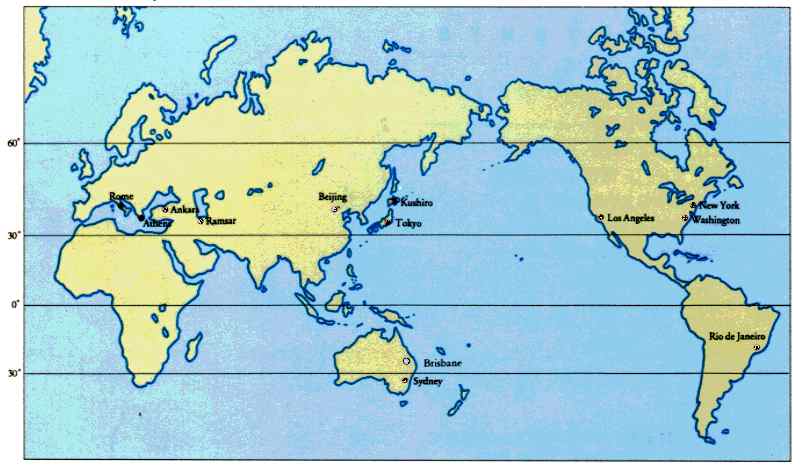Nature & Parks
[JAPANESE ARCHIPELAGO] WETLAND IN JAPAN
[Biodiversity] Wetland in Japan
1. JAPANESE ARCHIPELAGO
The Japanese archipelago stretches from subtropical to subarctic zones and runs parallel to the eastern rim of the Eurasian Continent. The archipelago consists of four main islands and more than 3,900 smaller islands whose area covers almost 378,000 square kilometers.
The Present Condition of Japan
Japan is an island chain located off the eastern rim of the Asian Continent. The weather and climate, as well as the plant and animal life distributed on the islands, are greatly affected by the surrounding sea. Due to abundant rainfall and a mild maritime climate, a wealth of greenery grows throughout these islands.
Rapid economic development in the 1960s changed Japan's social and economic structures and altered people's life style, particularly in Tokyo and in other big cities. Huge industrial complexes developed, and rapid urbanization took place. Today, approximately 70% of the population is concentrated on 3% of the land area, making the population density in these areas more than 5,000 persons per square kilometer.
Forest areas cover 67% of the total land area and agricultural lands cover 14%.
Because of the mountainous topography of Japan, a large part of the country still remains covered with beautiful primary and secondary forests, colorful alpine flowers, lucid streams, and white sandy beaches.
Wetlands preservation is a vital issue in Japan because its wetlands are used as a destination stopover for multitudes of migratory birds.
Latitudes of Major Cities
Ministry of the Environment Government of Japan
